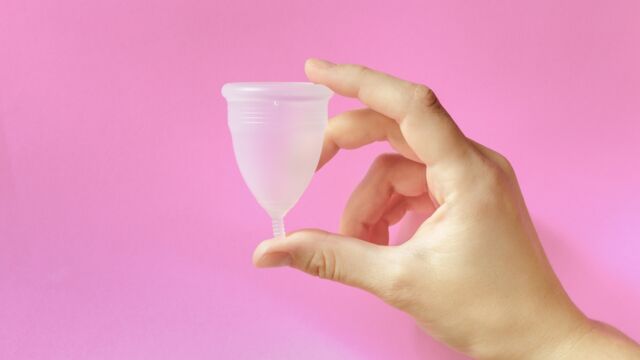The misuse of menstrual cups can lead to serious consequences

Warning to those who use menstrual cups: there's a correct way to use them and a very incorrect way. We'll fill you in on the details.
World Menstrual Hygiene Day - May 28 - gives up the opportunity to talk more openly about a subject that is still considered somewhat taboo. Despite being a day-to-day issue that women deal with, a lot of people have a tough time openly discussing it.
Discover our latest podcast
Tampons are not the only option for women nowadays, with menstrual cups being one of the most popular alternatives. However, it seems as though there are risks attached to this less invasive alternative to tampons.
More under this adMore under this adThe warning is regarding the misuse of menstrual cups, which could lead to very dangerous consequences on women's health.
Menstrual cups can be dangerous, just like tampons, because they can lead to toxic shock syndrome (or TSS). The risks involved are severe: amputation or even death, in the worst-case scenario. While toxic shock syndrome is certainly known for those used to using tampons, those using menstrual cups may not be aware of the risks as they're not always indicated in the menstrual cups' directions for use.
More under this adMore under this adWhat exactly is toxic shock syndrome?
This is a syndrome caused by the staphylococcus aureus bacteria, which is naturally present in our bodies. It can be found in the nose, throat, vagina, and perineum.
In some cases, this bacterium can multiply, and cause a generalised infection. Toxins are then created, and spread through the bloodstream, before attacking various organs such as the liver and lungs.
More under this adMore under this adToxic shock syndrome is a condition that is still rare, but some products used during menstruation can cause it.
There is a simple reason for this: the pH in the vagina changes during menstruation, and it becomes less acidic. This is an ideal breeding ground for the development of Staphylococcus aureus. Also, if the blood stays in the vagina for too long, bacteria can easily grow as well.
How can it be prevented?
A recent case in France saw a 37-year-old spend three weeks in intensive care, resulting in having both legs and her ten fingers amputated due to toxic shock caused by a menstrual cup.
More under this adMore under this adIn fact, this can occur when keeping the tampon or menstrual cup in for too long. To avoid any risk, it is strongly advised not to keep these products in for more than 4 hours, and for up to 8 hours maximum.
8 hours is the amount of time recommended by health authorities. However, the duration of use indicated on menstrual cups is between 4 to 12 hours. It is also advisable not to sleep while a menstrual cup is inserted.
More under this adMore under this adWatch our video to find out which symptoms you should look out for.